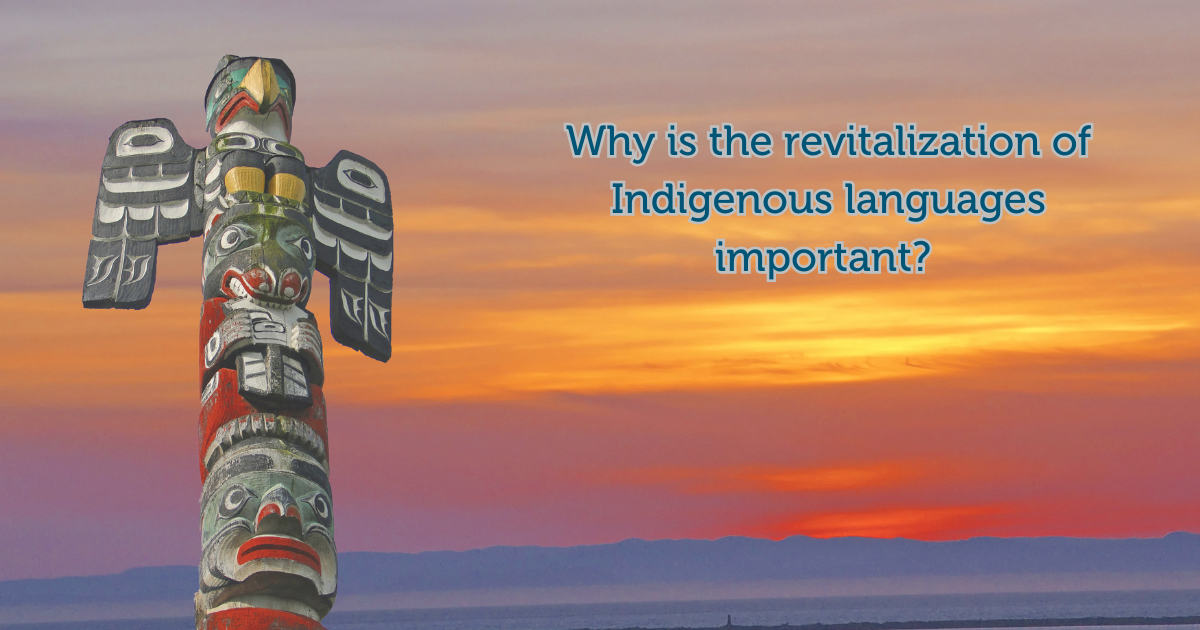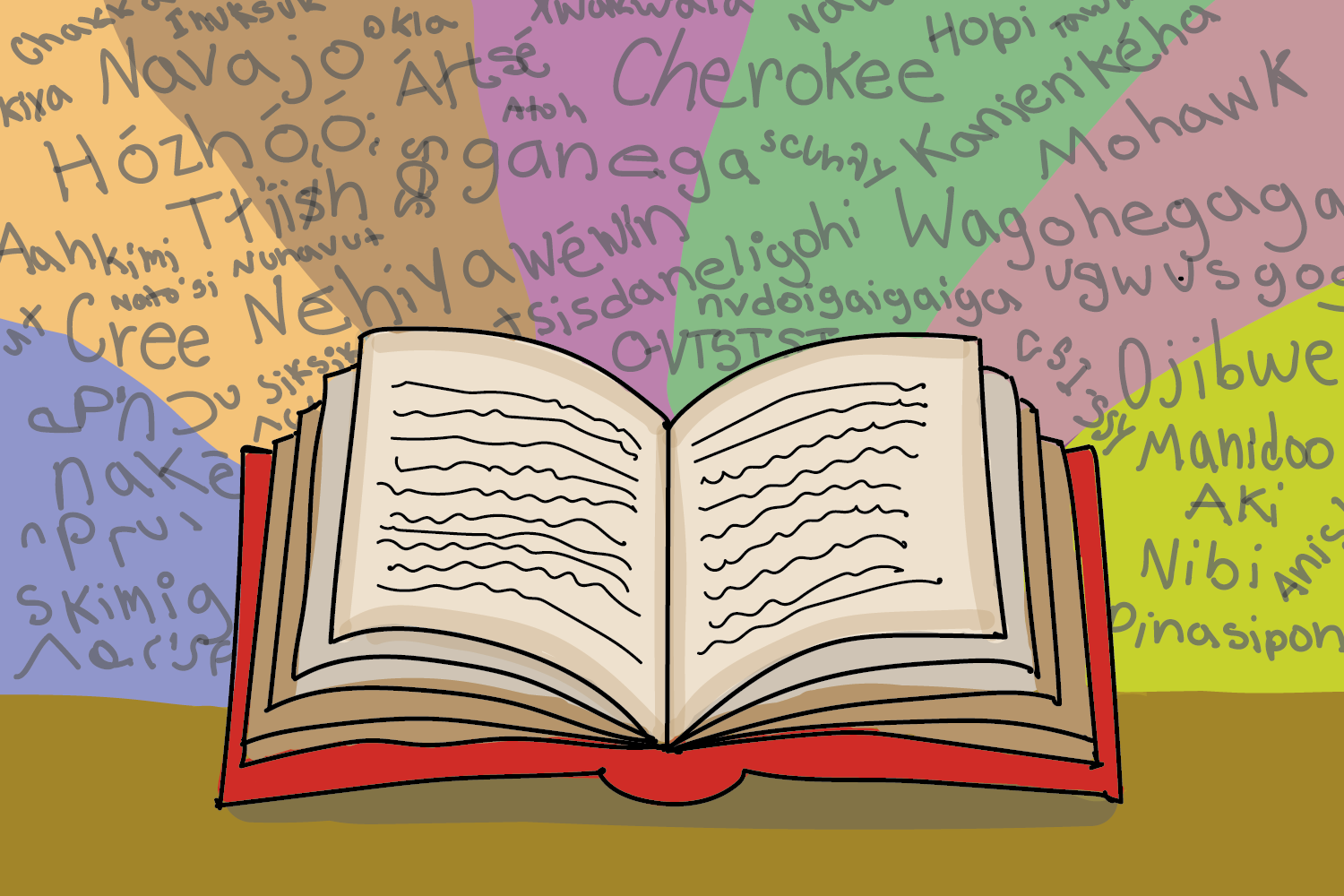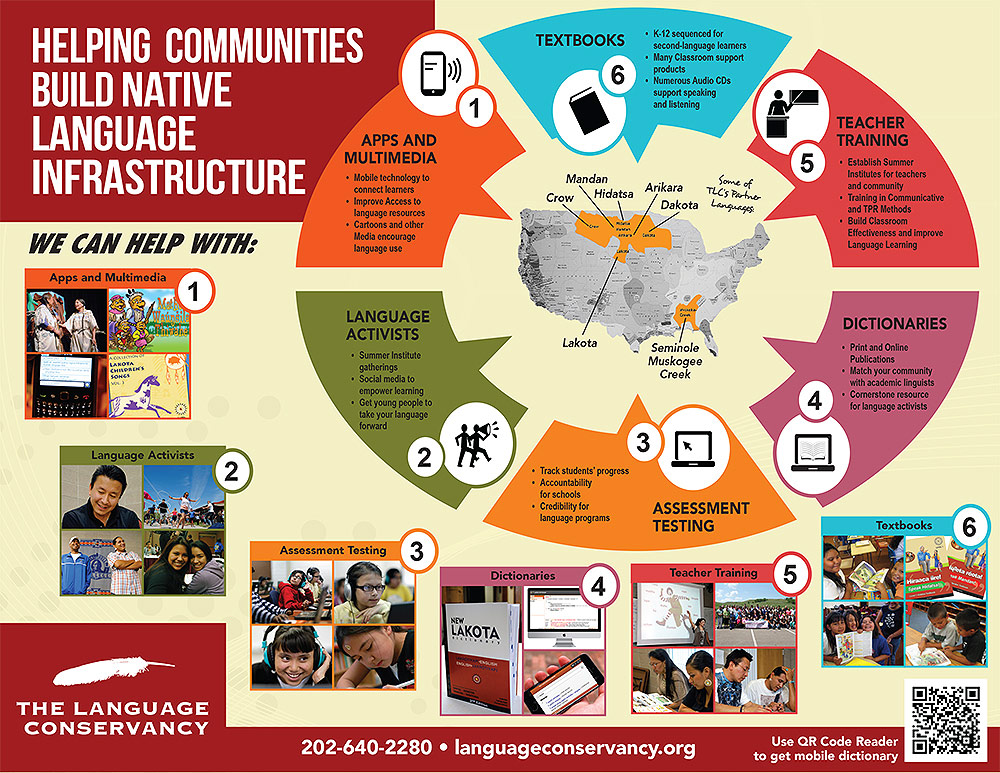
Echoes of Resilience: The Global Imperative of Indigenous Language Revitalization
In the silent classrooms of residential schools, under the weight of colonial policies, countless Indigenous languages were systematically silenced. Generations were severed from the linguistic threads that wove their identities, their histories, and their unique understandings of the world. Today, the echoes of that historical trauma resonate, manifest in the stark reality that a language is lost, on average, every two weeks. Of the estimated 7,000 languages spoken globally, a staggering 4,000 are Indigenous, and a significant portion of these face imminent extinction. Yet, amidst this alarming decline, a powerful counter-narrative is emerging: a global movement of revitalization, driven by the unwavering spirit and ingenuity of Indigenous communities determined to reclaim their linguistic heritage.
This is not merely about preserving words; it is about safeguarding entire worldviews. As the late Kenyan environmentalist and Nobel laureate Wangari Maathai famously said, "When a language dies, a library burns." For Indigenous peoples, their languages are encyclopedias of ecological knowledge, spiritual practices, medicinal wisdom, artistic expressions, and intricate social structures, honed over millennia. They encapsulate unique ways of relating to the land, to ancestors, and to each other. Losing a language means losing an irreplaceable lens through which humanity understands its own diversity and the planet it inhabits.
The urgency of revitalization stems from a complex history. Colonialism, forced assimilation policies like the residential school systems in Canada and the United States, and the dominance of settler languages in education, media, and government have systematically eroded Indigenous linguistic landscapes. Children were punished for speaking their mother tongues, creating a profound intergenerational trauma that led many to withhold their language from their own children, believing it would protect them from discrimination. This created "sleeping languages" – those with few or no fluent speakers, often elders, who carry the last embers of a once vibrant linguistic flame.
However, the tide is turning. Indigenous communities worldwide are leading a vibrant, multi-faceted charge to breathe new life into their ancestral tongues. These efforts are not uniform; they are as diverse as the languages themselves, often tailored to specific community needs, resources, and the current state of the language.
One of the most powerful and successful models is the language immersion school, often starting with early childhood "language nests." Pioneered by Māori communities in Aotearoa (New Zealand) with their Kōhanga Reo (language nests) in the 1980s, and subsequently adopted by Native Hawaiians with their Aha Pūnana Leo (language nests), these initiatives immerse young children entirely in the Indigenous language from infancy. By creating environments where the ancestral language is the primary, if not sole, medium of communication, these programs replicate the natural process of first-language acquisition.

The Hawaiian language, ‘Ōlelo Hawai’i, serves as a powerful testament to the efficacy of this approach. In the mid-20th century, the language was on the brink of extinction, with fewer than 50 fluent child speakers. Today, thanks to the unwavering efforts of Hawaiian families and educators, thousands of children are growing up speaking ‘Ōlelo Hawai’i as their first language. Dr. Larry Kimura, a prominent Hawaiian language advocate and linguist, articulated the profound shift: "When I started working in the Hawaiian language field, I thought it was hopeless… Now, after 40 years, it’s amazing how many people speak Hawaiian, and for me, it is extremely gratifying to hear children speak the language and to be involved in the perpetuation of the Hawaiian language." This remarkable comeback demonstrates that even languages considered "dead" can be resurrected through dedicated community action.
Beyond early childhood immersion, other strategies are proving vital. Master-apprentice programs pair the last fluent elders with dedicated learners in intensive, one-on-one settings. This model, often seen in California where many languages have few remaining speakers, focuses on direct transmission of conversational fluency and cultural knowledge. The apprentice essentially "shadows" the elder, learning through daily interaction, storytelling, and participating in cultural practices. This intimate exchange not only transfers linguistic knowledge but also strengthens intergenerational bonds and promotes cultural continuity.
The digital age, once seen as a threat to linguistic diversity due to the dominance of English, is now being embraced as a powerful tool for revitalization. Indigenous language advocates are leveraging technology to create apps, online dictionaries, virtual reality experiences, and social media platforms where learners can connect, practice, and access resources. Websites like FirstVoices.com, a platform developed by the First Peoples’ Cultural Council in British Columbia, Canada, allow communities to build their own online language archives, complete with audio, video, and text, making their languages accessible to a global audience and future generations. The use of TikTok, Instagram, and YouTube by young Indigenous speakers is particularly exciting, as it normalizes language use, makes learning fun, and inspires peers to engage.
Government and institutional support, while often belated, is also becoming increasingly crucial. In New Zealand, the Māori Language Act of 1987 declared Te Reo Māori an official language and established the Māori Language Commission (Te Taura Whiri i te Reo Māori) to promote its use. Similar legislative efforts are being pursued in other countries, including Canada’s Indigenous Languages Act of 2019, which aims to support the reclamation, revitalization, maintenance, and strengthening of Indigenous languages. These policy frameworks provide essential funding, legal recognition, and a platform for Indigenous communities to drive their own language initiatives.
Yet, significant challenges remain. Funding is often sporadic and insufficient, making long-term planning difficult. The pool of fluent elders is shrinking, creating a race against time. The sheer diversity of Indigenous languages, even within a single country like Canada (over 70 distinct languages), means that one-size-fits-all solutions are ineffective. Moreover, the pervasive influence of dominant languages in mainstream media and education continues to pose a formidable obstacle.
Despite these hurdles, the impact of revitalization efforts is profound. Beyond the linguistic metrics of increased speaker numbers, there is a palpable resurgence of cultural pride, improved mental health outcomes for individuals and communities, and a strengthening of Indigenous identity. Young people, once alienated from their heritage, are finding a deep sense of belonging and purpose through learning their ancestral languages. As one young Anishinaabemowin speaker from Canada remarked, "When I speak my language, I feel connected to my ancestors, to my land, and to who I truly am. It’s not just words; it’s my spirit speaking."
The global movement for Indigenous language revitalization is a testament to human resilience and the enduring power of culture. It is a collective act of decolonization, a rejection of forced assimilation, and a reclamation of sovereignty. It reminds us that linguistic diversity is not merely a quaint relic of the past, but a dynamic, living resource essential for the future of humanity. As these ancient voices rise again, they offer not only a pathway for Indigenous peoples to heal and thrive, but also invaluable lessons for all of us on the profound connection between language, identity, and our shared human experience. The fight to keep these libraries from burning continues, one word, one song, one conversation at a time, echoing a promise of a more linguistically rich and culturally diverse world.


